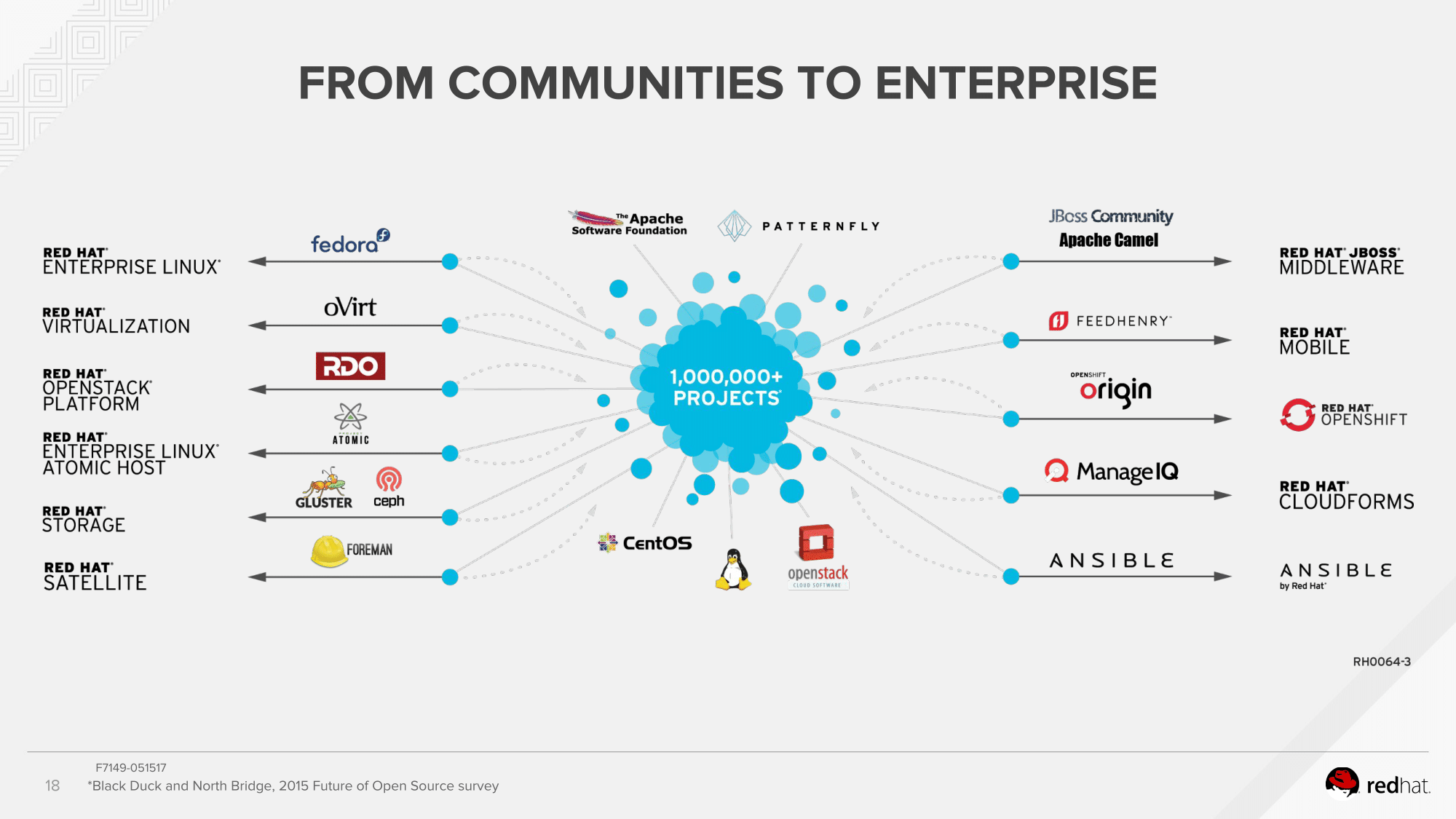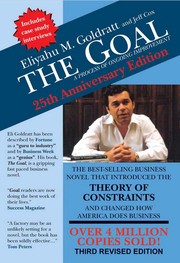Education Day - Red Hat
Beijing China
16 June 2017
Red Hat’s Beijing office held an education day event in conjunction with LinuxCon Beijing. I attended the event and was glad I did. I was already in town to work with our Ambassador community in China to help us have a presence at LinuxCon Beijing. It was great to see this ancillary event happen.
The education day was a fantastic event and was a great way for me to meet some of my Beijing based colleagues. The event was divided into three components. First, some of my OSAS colleagues and I had a free-form discussion (with a light presentation to start) with the Red Hat Beijing office staff. This was a great way to find out how to drive greater involvement in open source in China. My colleagues and I learned a lot and hopefully shared a lot too.

Part two was a media interview with journalists for about 8 publications. Jennifer Madriaga started us off with an explanation of how Red Hat supports and participates in upstream communities. Seeing the massive number of communities that we participate in was very cool. The journalists asked really good questions and I answered several about Fedora, including the following (paraphrased from memory):
- How many members of the Fedora community are Chinese? How many of the most active contributors are Chinese?
- How does Fedora resolve the differences in the various regions of the world when doing activities?
- How do you guide a community like Fedora when two-thirds of the core contributors don’t work for Red Hat?
- How do you handle the relationship between open source communities and business products?
Part three was an education event for the local community, including participants remotely by university students in other cities. The highlight for Fedora was Gerard Braad’s presentation on the Fedora WSL.
LinuxCon + ContainerCon + CloudOpen China
Beijing China
19-20 June 2017
This was the first LinuxCon ever in China. While I have traveled the Tier I cities in China for conference in other jobs, this was my first technical conference in China. I pursued two goals with my involvement and I think both turned out well.
My first goal was to engage with the local Fedora community to ensure we had a presence at LinuxCon. Having a presence here was key as we needed to gauge whether the professional community knew what Fedora was and if we had an opportunity to gain contributors. There was some knowledge of Fedora and our videos (with Chinese subtitling thanks to Ziqian SUN (Zamir) and others) drew some attention. In particular, the Fedora Modularity videos generated some conversations about both the future of the Operating System and where containers and other isolation technologies are going.
Open source is not as participatory in China. There are many reasons for this, but as a growing and vital technology hub, Fedora needs to find a way to engage with this community. We learned that some other distributions have done a very good job with the student market, but that the professional market is almost completely Enterprise Linux. This is good for Fedora as our brother distributions have already opened the door for us. We can engage with professionals who want to contribute to Fedora to help us chart the course for the distribution and the idea of operating systems in the future.
This also dovetails nicely with my second objective, starting to talk about Fedora and CentOS as part of a family of distributions. CentOS plays an important role for certain enterprises and layered projects. Fedora and CentOS have a close relationship both technically and through shared community. What we haven’t done a great job with is telling the story to new people about how we relate. It isn’t enough to just say, “CentOS is a downstream consumer of Fedora indirectly via RHEL.” This isn’t the whole story and doesn’t represent all the areas the distributions are cooperating in.
As part of this objective, I teamed up with Jim Perrin and Brian Stinson to hold a combined Birds of a Feather about Fedora, CentOS and EPEL. We were assisted by Ziqian SUN (Zamir) doing some fantastic on the spot translation to ensure that my bad jokes and puns were able to be enjoyed by all :P. One challenge for BoFs in China is that there is apparently no analogous idiom in Chinese. The idea isn’t one that is built into culture, though some attendees were familiar with it from other conferences. What we did was do a light round of introductions and then “wait out” the audience teacher-style until they were ready to ask questions and interact. We didn’t succeed in getting as much cross-audience conversation going as we may have dreamed of, but we were able to explore what our goals were (building community and providing information) and move into deeper conversations. Three areas that stood out for Fedora were questions about how to get packages in to EPEL and CentOS (generally go through Fedora), how Wayland was working and what the future holds, and what Fedora Modularity is and what we want to do with it.
I found this to be a fantastic conference and believe there is a need for Fedora to continue to pair with other open source projects and communities to showcase what we are doing and to build a contributing community. We have a small community in China and we need to better join them to the non-Chinese Fedora community so that we can share ideas and help each other. One immediate area we can work on is to help the Fedora China communities private packages find their way into the mainline Fedora package set.
While I understand that some in APAC do not find LinuxCons valuable, I pursued this heavily because I believed that it would be possible to have a presence at almost no cost to Fedora. This left nothing but benefits for Fedora. As I understand it, we have a single cost that is being asked from the Fedora public budget of about 4 USD. I hope that won’t be a problem for APAC to approve. By sharing a booth with Red Hat we had no almost no direct conference costs. Even the stickers we handed out were donated directly by Red Hat. This allowed us to participate in this conference without spending any Fedora public budget, except the 4 USD mentioned above.

